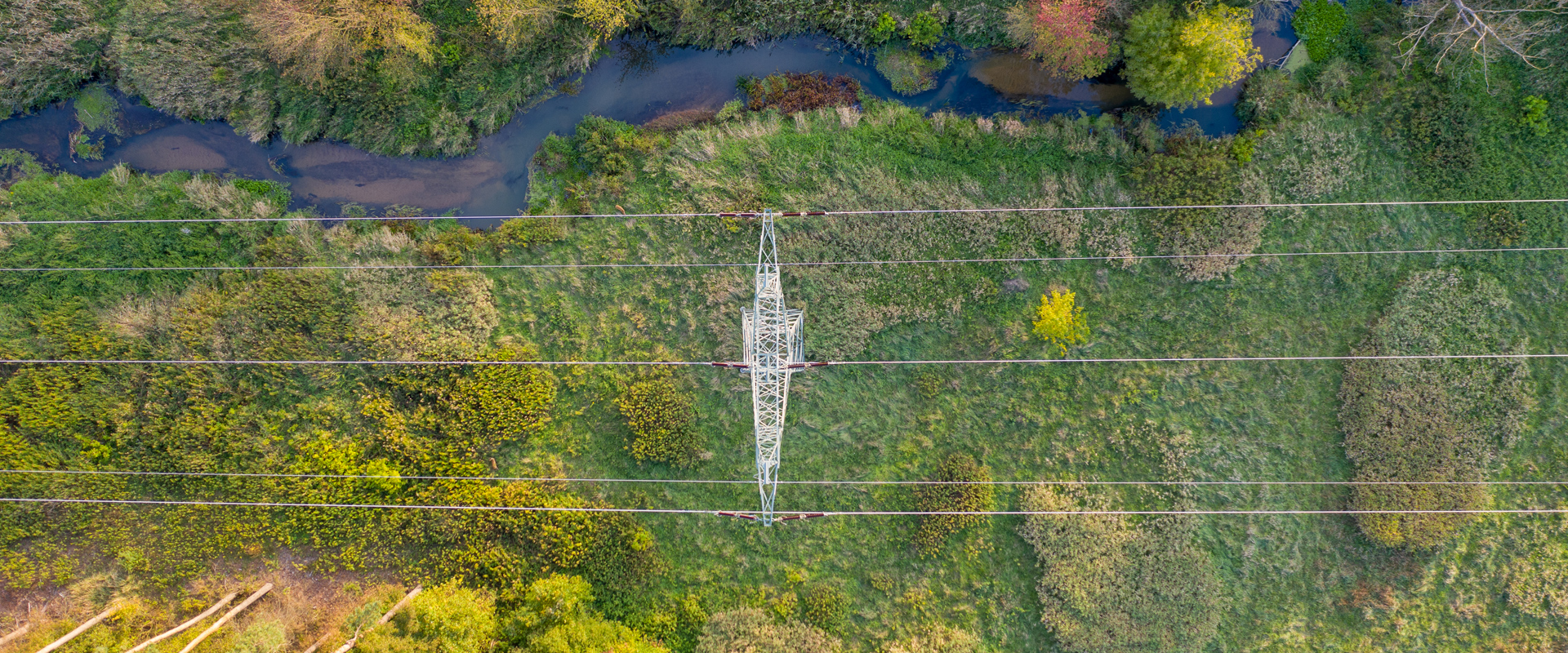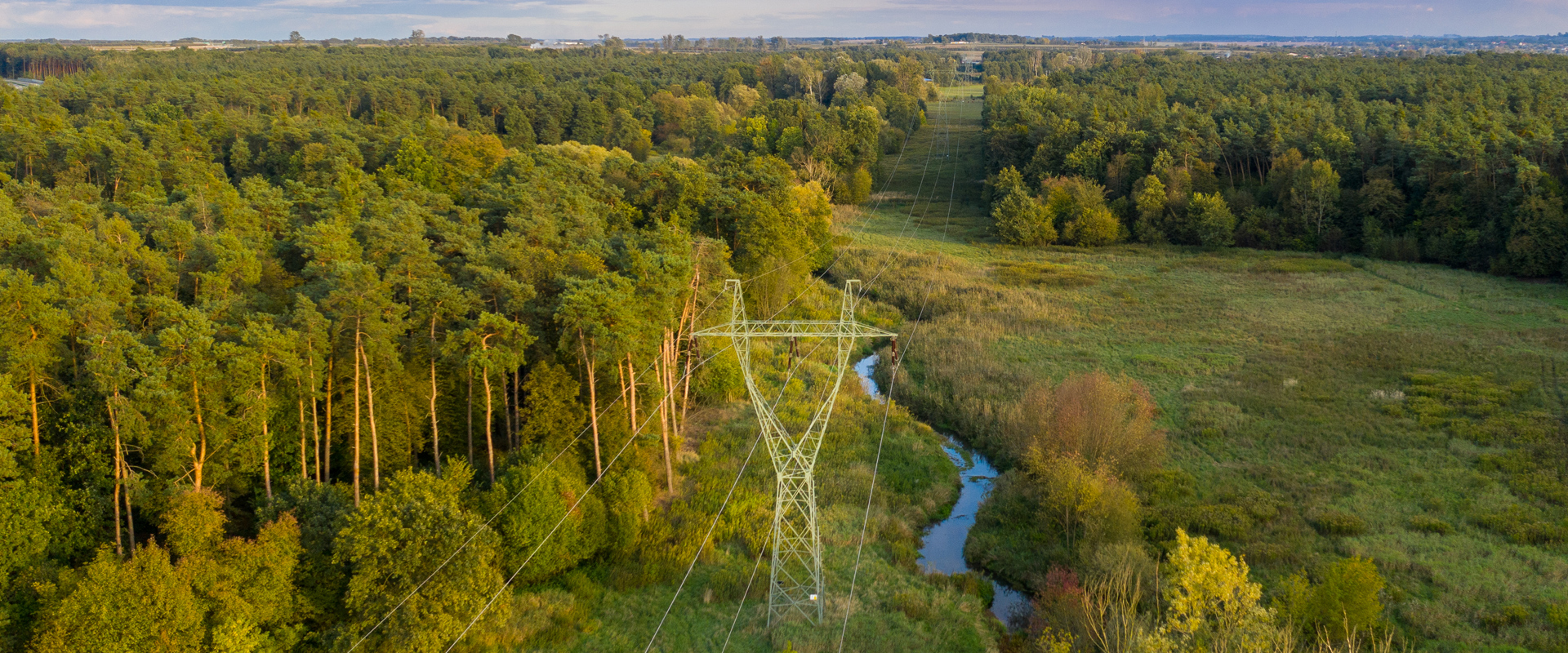Electromagnetic field emissions
We carry out a number of activities that are conducive to achieving our objectives:
- meeting the legally required permissible levels of electromagnetic fields in the environment outside the right-of-way of the line,
- selection of locations for new investment projects allowing to limit construction of power facilities in residential areas,
- maintaining the efficiency of systems and equipment,
- modern technological solutions of equipment and systems.
Noise emission
We perform tasks affecting the compliance with permissible levels of noise in the environment required by law, such as:
- selection of network infrastructure locations to limit the construction of power facilities in residential areas,
- quality inspections of the works performed,
- maintaining efficient systems and equipment.
Waste generation
For many years, we have been conducting selective collection of waste generated as a result of activities carried out on the premises of network facilities as well as PSE's head office and its branch offices. For the purpose of standardizing the principles of waste management in our company, we have implemented the Waste Management Manual at PSE S.A., which applies to waste generated both by PSE and by external entities as part of the operation, removal of the effects of failures, and investment and repair tasks. One of the appendices to this manual is entirely devoted to the principles of correct segregation of municipal waste the generation of which results from human habitation.
PSE headquarters buildings and all substations have been equipped with containers for selective waste collection (including paper, plastic, glass, metals, used light sources, batteries and rechargeable batteries, and oil-contaminated sorbent). Waste is collected at the point of generation. Premises, locations, and containers where specific types of waste are collected are properly marked.
Proper waste segregation is the subject of inspections conducted at the facilities. Presentation of rules and responsibilities concerning waste segregation is one of the regular points of training for new employees of the company.
Typical waste generated at our electric facilities includes primarily iron and steel, mixed metals, used equipment, used mineral oils and used sorbents. Most waste is generated during works related to the construction and modernization of electric power facilities. Waste generators are the work contractors responsible for managing this waste. For waste that has value, the generator is PSE.
In order to ensure that contractors' waste management activities comply with the regulations, constant supervision is carried out on the premises of operated facilities and during execution of investment tasks.


